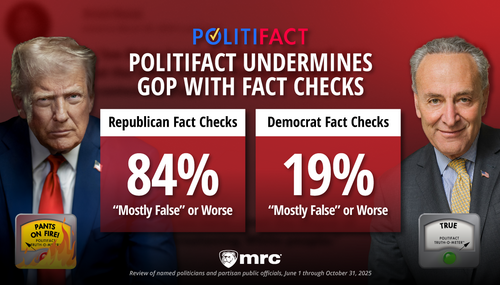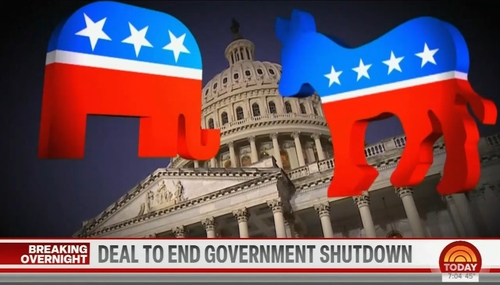Despite a massively expensive 2009 stimulus program, high unemployment and a sluggish economy have been trademarks of the Obama administration. The goal of the stimulus was to create shovel-ready jobs, with, according to top Obama economic advisor Larry Summers, a "targeted," "temporary," and "timely" scope. As many predicted, the stimulus failed to produce the Keynesian results it promised.
Check out a new Reason.tv video of why stimulus dollars cannot fix the economy after the break, and let us know your thoughts in the comments.
One example of failed stimulus dollars is in Silver Spring, Maryland, a Washington, D.C. suburb. In Silver Spring, $138 million in stimulus money went to 46 organizations, with three companies taking the majority of the money ($71 million), all of which were already major government contractors before the stimulus was signed into law. They also received $702 million in other, non-stimulus related contracts. Giving more contracts to big government contractors that already have work, while not giving idle resources work, does nothing to stimulate economy.
Second, "Obama said the stimulus bill would put nearly 400,000 people back to work rebuilding America. But over the next two-and-a-half years, the U.S. construction industry shed about 900,000 jobs or 14 percent of the building workforce." In Maryland alone, this amounted to 8,000 construction jobs lost, and stimulus money has only paid steady salaries to 600 construction workers since mid-2009. The $771 million stimulus package given to Maryland was instead used by Gov. Martin O'Malley to cover general expenses instead of to increase spending in shovel-ready projects.
Third, the stimulus was designed to encourage a green economy, promising to place 80,000 people in green jobs. As of now, halfway through the program, only 8,000 placements have been made. According to Reason, "In downtown Silver Spring, a union-backed organization called the International Transportation Learning Center got $5 million in stimulus dollars partly to recruit thousands of new workers and train them in new "green job" skills. But because transit workers already face low unemployment and low turnover and the new jobs weren't materializing, the group is instead using the entire grant to teach new skills to workers who already have jobs." Of course, the point of the stimulus was not to increase benefits to people who already had jobs, but rather to train or employ the unemployed.
Finally, "According to the Keynesian theory that undergirds it, stimulus spending must be spent quickly to be effective. By Barack Obama's own testimony, one of the most "shovel-ready" stimulus programs was supposed to be a $5 billion program to weatherize 590,000 homes around the country." However, "In the first year, Maryland weatherized only 279 homes, or 4 percent of its goal." This was in part due to the stipulation that workers had to be hired at the prevailing wage of other similar workers in the area, meaning Maryland had to spend months calculating average wages and benefits before they could hire anyone.
As Veronique de Rugy, Reason columnist and senior research fellow at the Mercatus Center, explained, "The main lesson of the stimulus is that creating jobs is a very complex process...and certainly it can't be directed by a top down institution that pretty much fails at everything it does."




